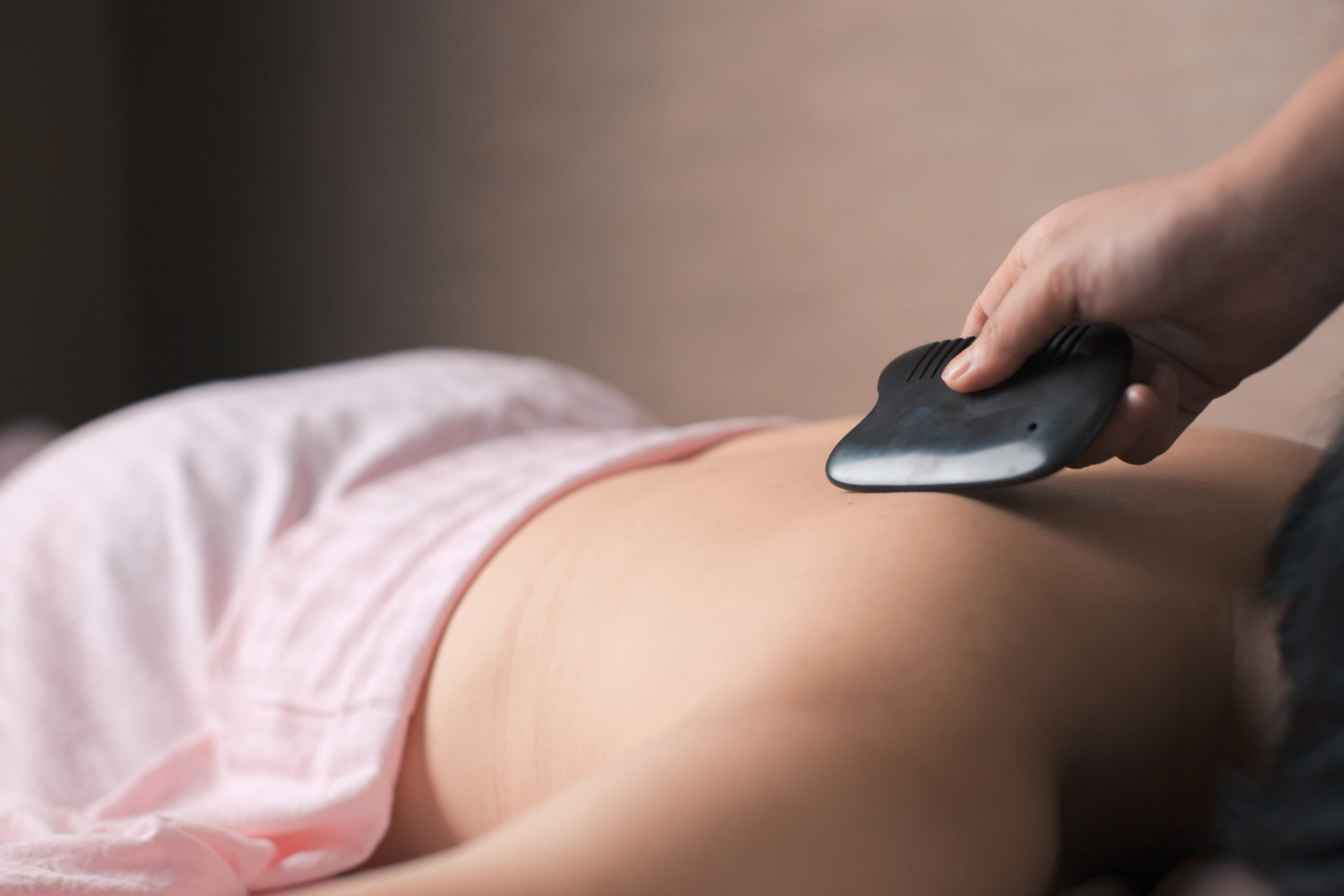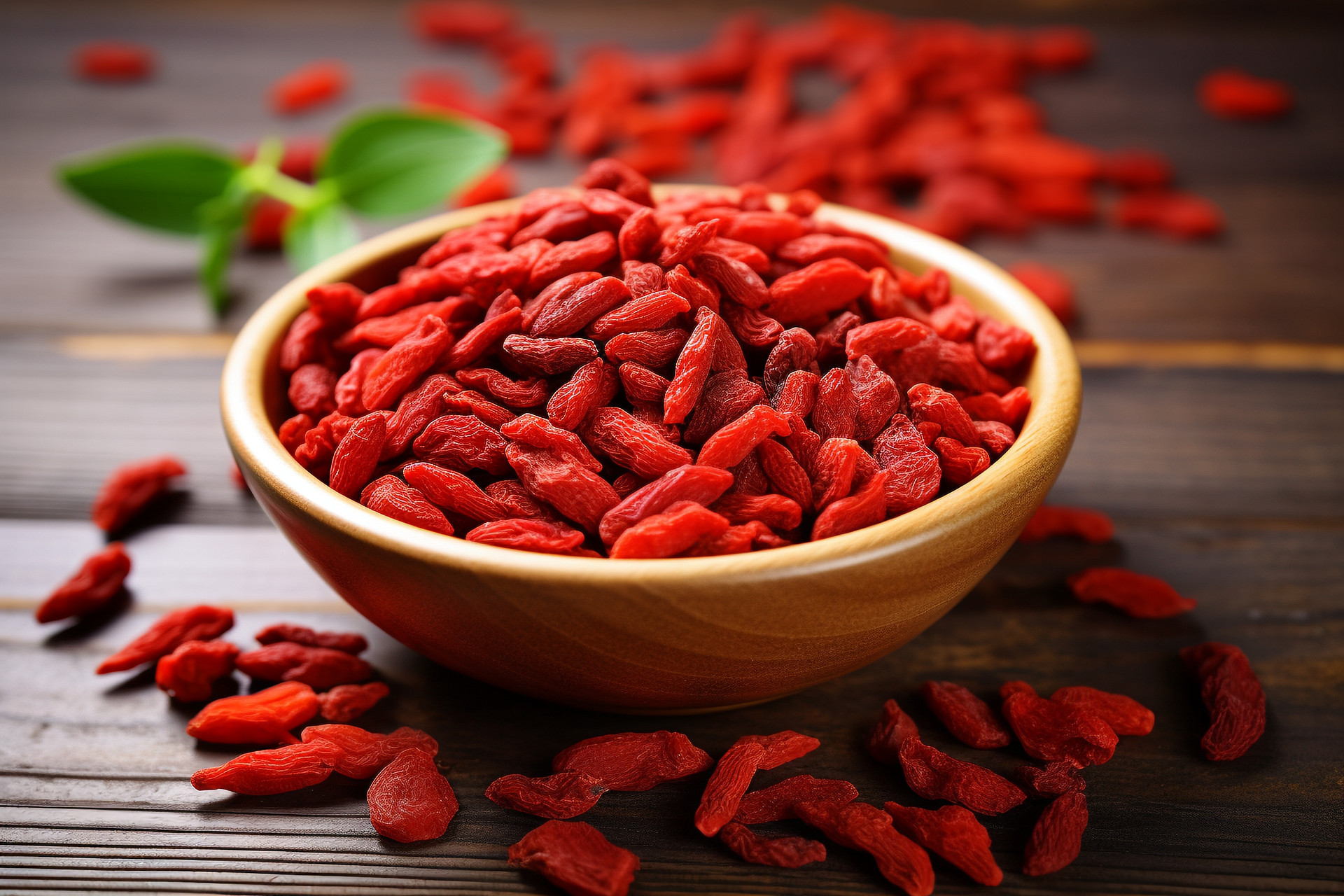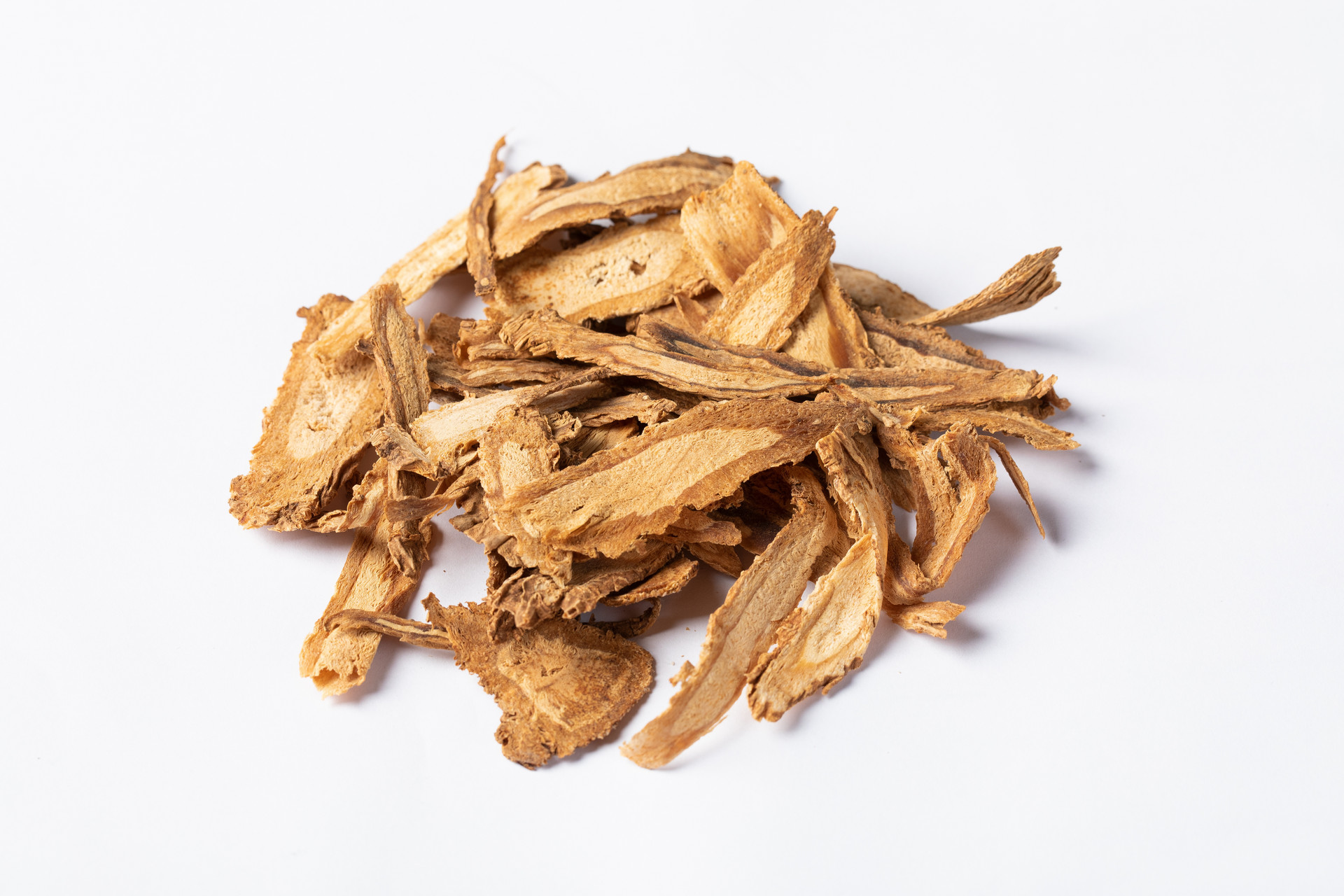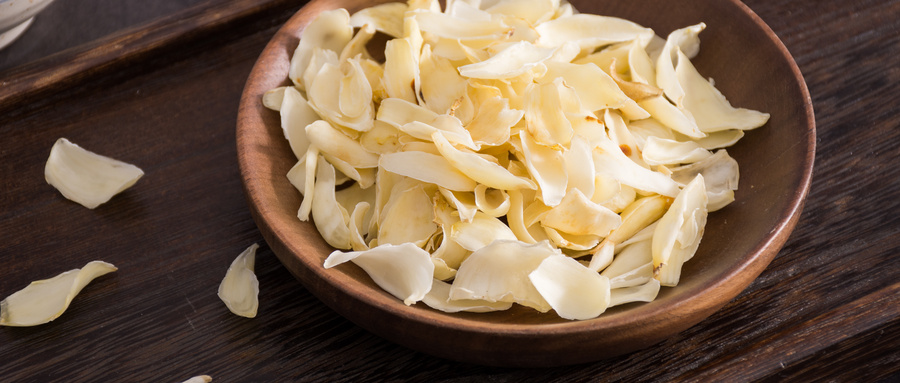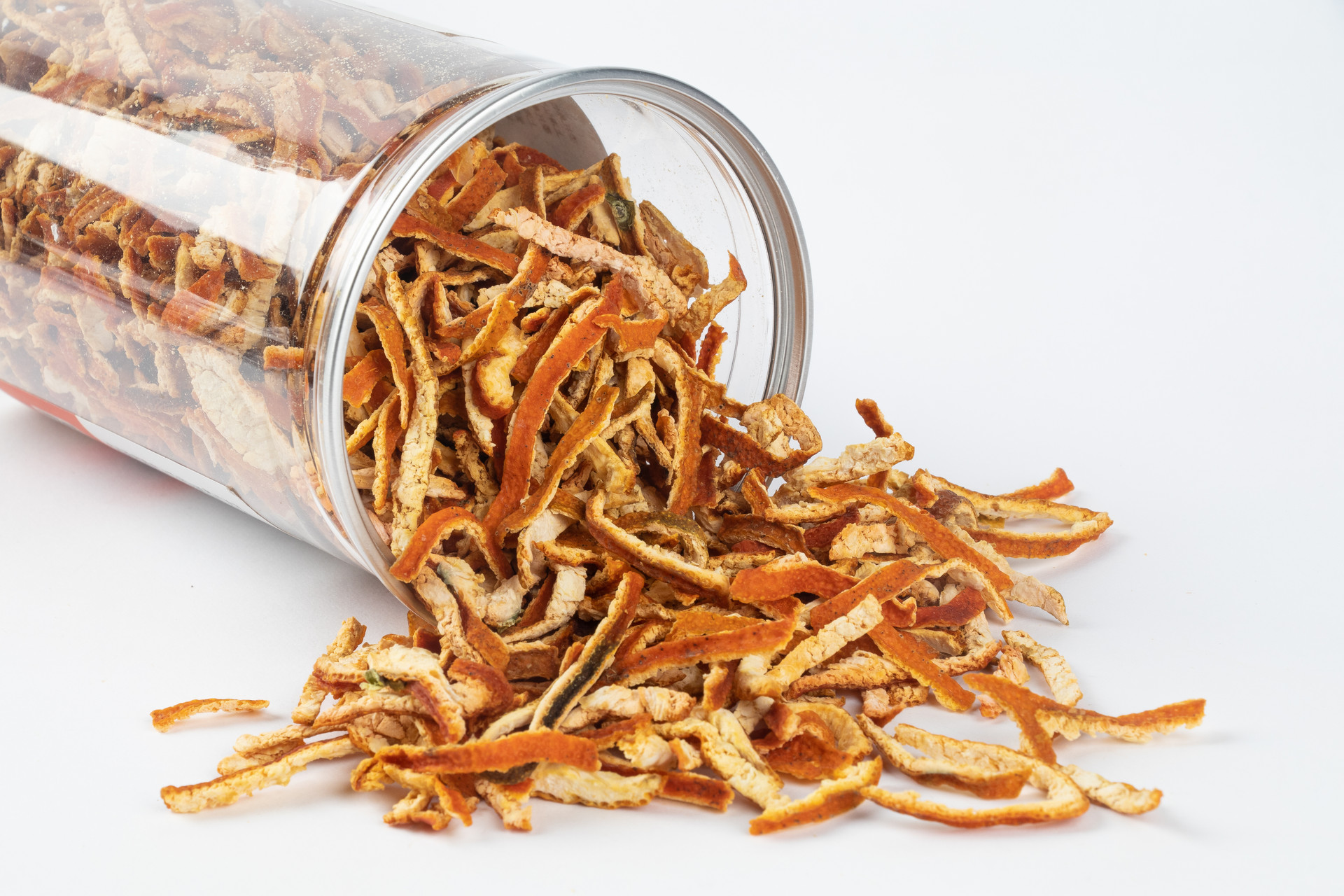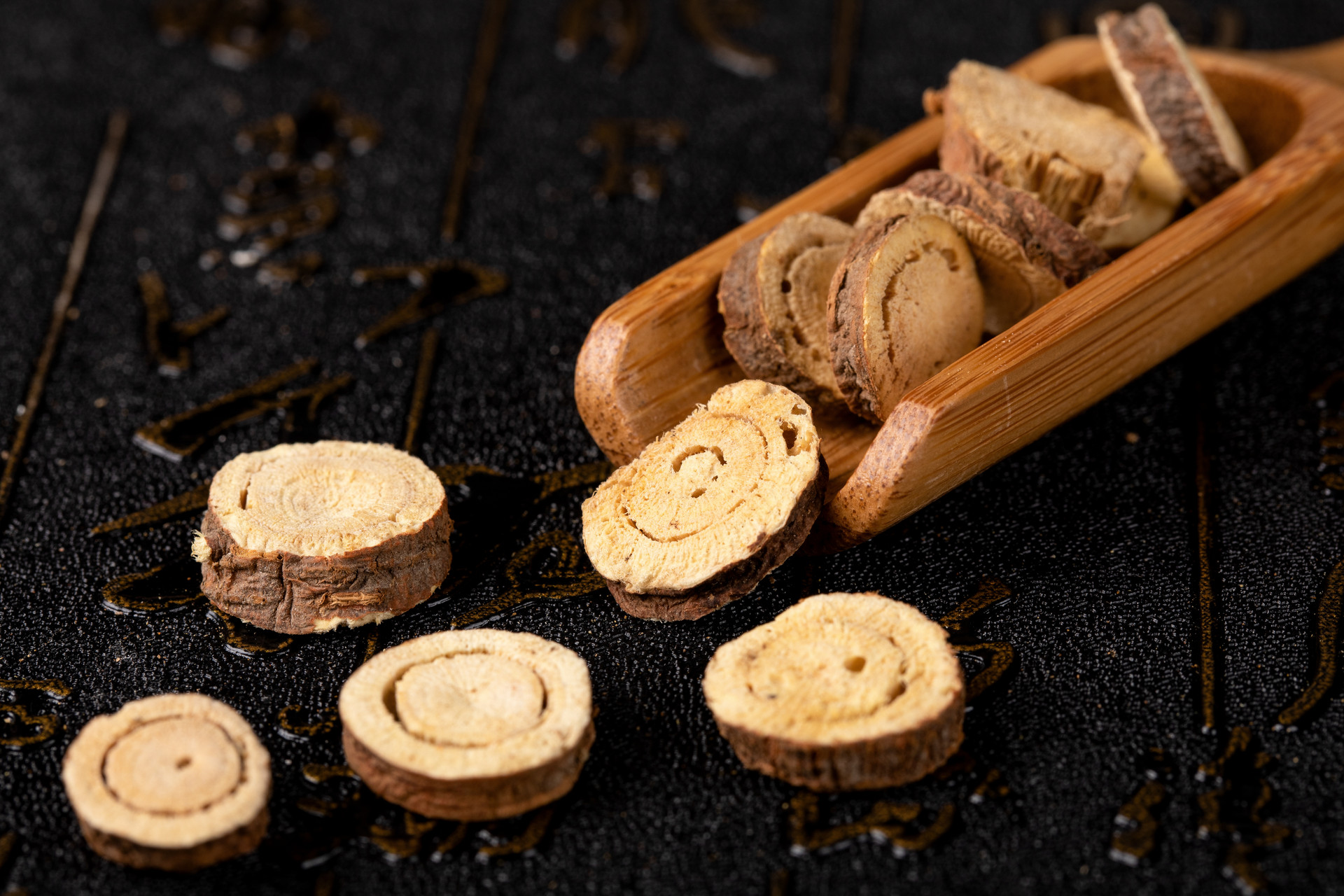Pea flower, also known as southern pea flower, is the flower of the legume plant Dolichos lablab L. It is harvested in July and August when the flowers are not fully open, and then dried in the sun or shade.
【Processing method】1. Pea flower: Take the raw herb, remove impurities and stems, and sift out the ash.
2. Stir-fried pea flower: Take the cleaned pea flower, put it in a hot pan, stir-fry until the surface turns yellow, then remove and let it cool.
【Appearance of the herb】Pea flowers are mostly flat and small. The dried herb is yellowish to light brown. When soaked in water, small sepals can be seen, with two small bracts shaped like a tongue; the calyx is wide and bell-shaped, with 2 teeth on the upper part and the other 3 teeth almost equal; the corolla is spiral-shaped, about 2 cm long, the banner petal is broadly elliptical, the wing petal is obliquely elliptical with an ear on one side near the base, and the keel petal is boat-shaped. It has a slight fragrance and a mild taste. Stir-fried pea flower retains the shape of the pea flower but with a darker color.
【Processing effects】Pea flower has a sweet and mild taste, and is neutral in nature. It enters the spleen, stomach, and large intestine meridians. It has the functions of resolving dampness, invigorating the spleen, and harmonizing the middle. It is used for conditions such as summer heat and dampness, fever, diarrhea, abnormal vaginal discharge, food poisoning, and swelling from injuries. For example, for clearing heat and opening the collaterals when there is summer heat and dampness with no sweating, thirst, and heavy-headedness, the prescription is Qing Luo Yin combined with Xiang Ru Yin (from "Wen Bing Tiao Bian"); for treating diarrhea in children, a decoction of pea flower is used (from "Liaoning Journal of Traditional Chinese Medicine" in 1980).



